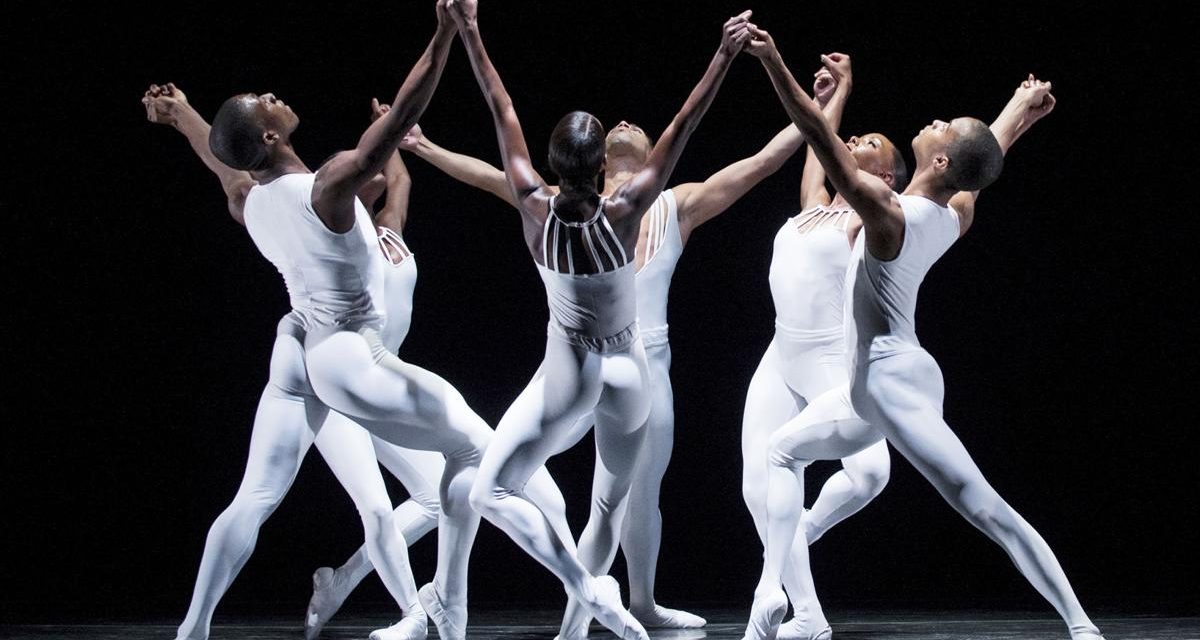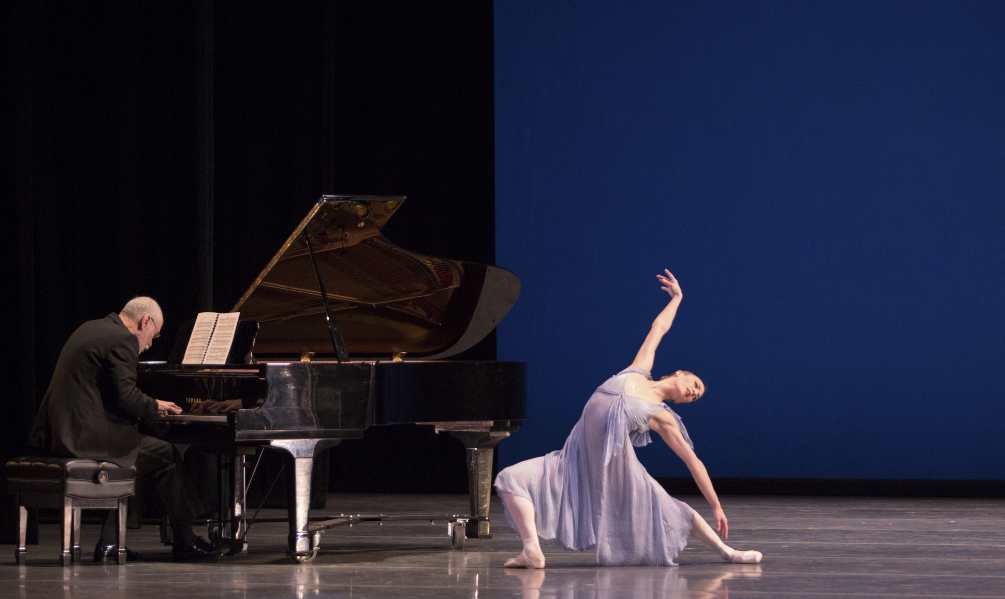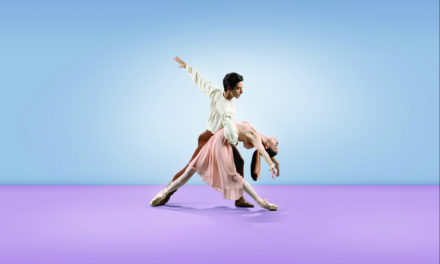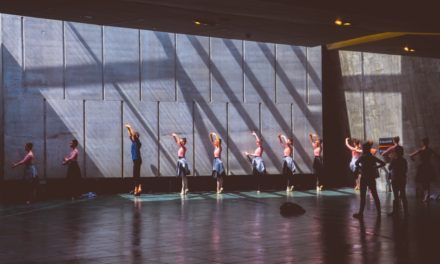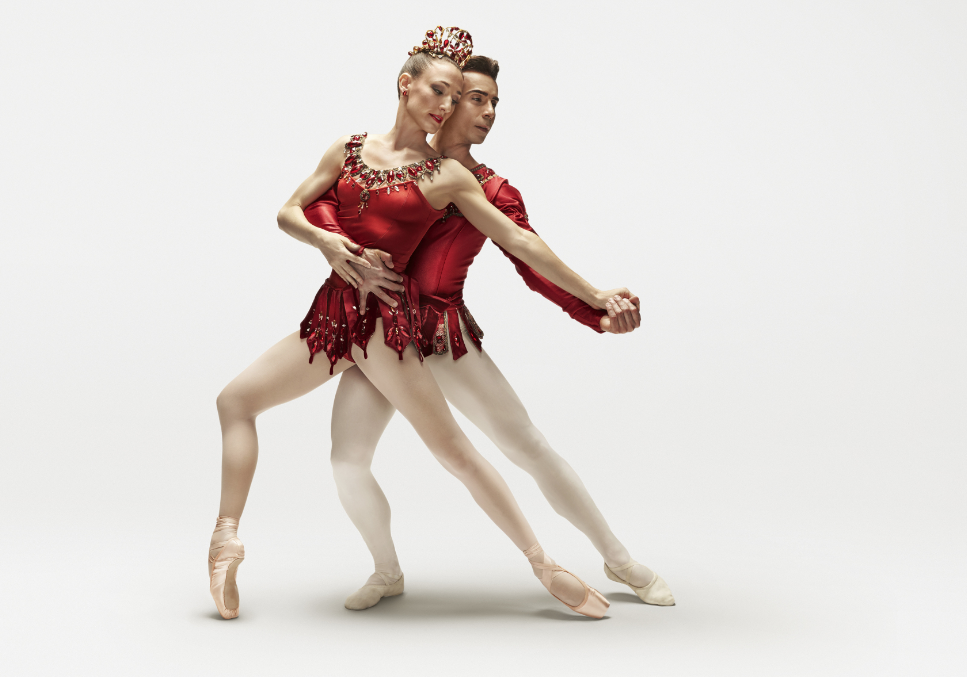The Dance Theater of Harlem recently created a visceral and exquisite night of short dance pieces that spanned the genres of classical ballet and contemporary performance effortlessly. Founded in 1969 under the co-directorship of Arthur Mitchell (the first African American principal ballet dancer) and Karel Shook, The Dance Theater of Harlem has a reputation for innovation that does not fully leave behind the traditions of classical ballet. This tradition is well deserved and on the night of the performances I viewed, I could see why.
Opening with Valse Fantaisie by George Balanchine and concluding with a piece called “Mother Popcorn”, this company is a feast for the eyes. Let’s begin with their costumes. Elegant and sexy without being to obviously daring, they illustrate perfectly the emphasis placed on the dancer’s body. With a delicate series of cast lightings and numerous sharp shadows throughout the night, the bodies in various skin tones against the harsh white light represented a dazzling counterpoint to the usual homogeneity of contemporary dance.
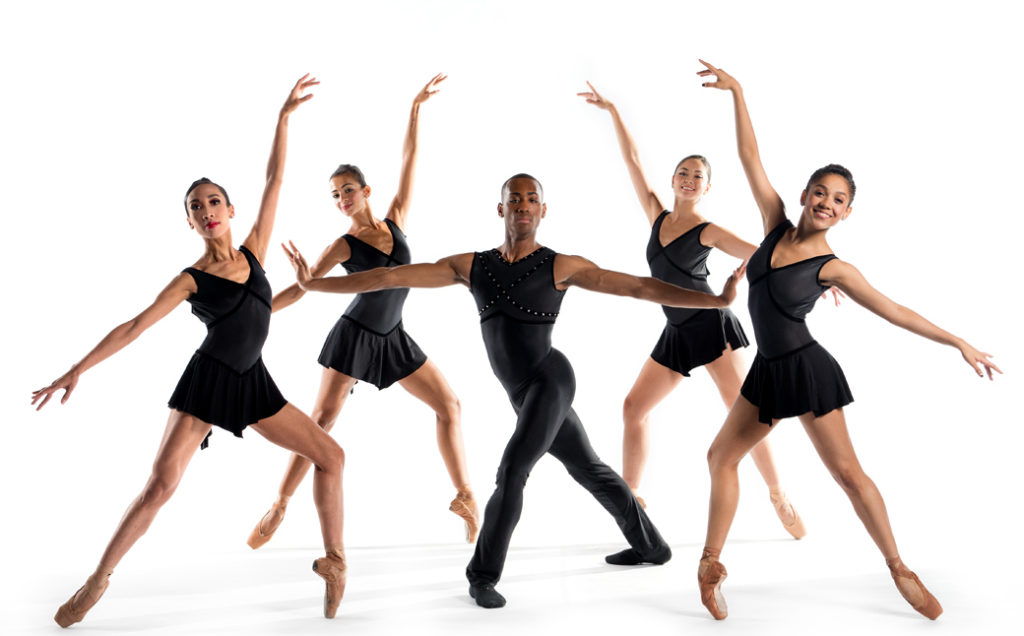
Courtesy of The Dance Theater of Harlem
That the dancers were more than able, and in the case of Da’Von Doane and Yinet Fernandez, simply divine, only adds to the versatile nature of Dance Theater of Harlem’s congenial expressions of grace and power.
One particular highlight of the night was Dancing on the Porch of Heaven from 1993. Choreographed by Ulysses Dove and accompanied by haunting music composed by Arvo Part this piece was a sophisticated and complex display of a multitude of emotions. Bodies were flying and hearts were pounding. It reminded me of controlled, yet graceful ebullient chaos, the kind you experience in the throes of a healthy love, one you know and believe will endure forever.
To say it was a showstopper may not be overstatement. This was an elegant display of virtuosity, ensemble dancing and provocative power. The tension between the male and female performers was palpable and moving, at once a seduction and a repulsive display of love’s vicissitudes. This was modern dance at its finest with just the right remnants of traditional ballet to maintain a sense of discipline and restrained joy. It brought the house down, which by the way, consisted of at least a majority of people of African and Hispanic descent. To see this multicultural audience was a breath of fresh air and provides hope that both traditional ballet and contemporary dance can cross cultural and class lines to attract larger audiences in the future.
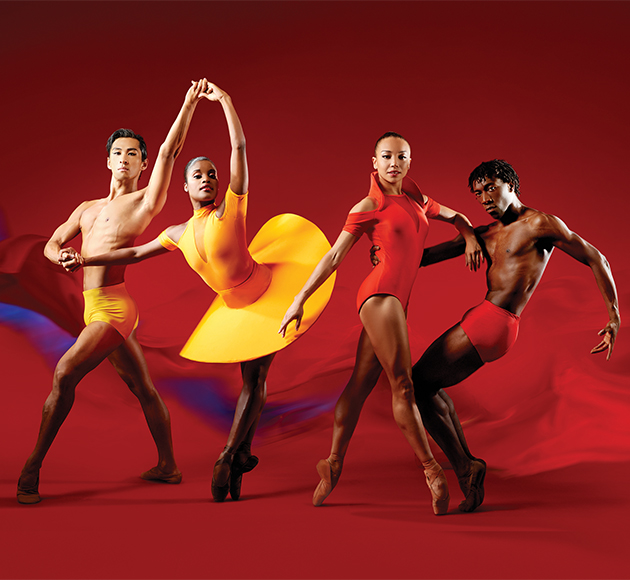
Courtesy of The Dance Theater of Harlem
This was a fabulous night of dance across the board and one must contemplate the importance of the Dance Theater of Harlem within the American cultural consciousness. For this group is more than a company. They are exemplars of New York City’s brilliant and enriching cosmopolitanism, a cosmopolitanism and creativity under fire in our tenuous and divisive political era.
